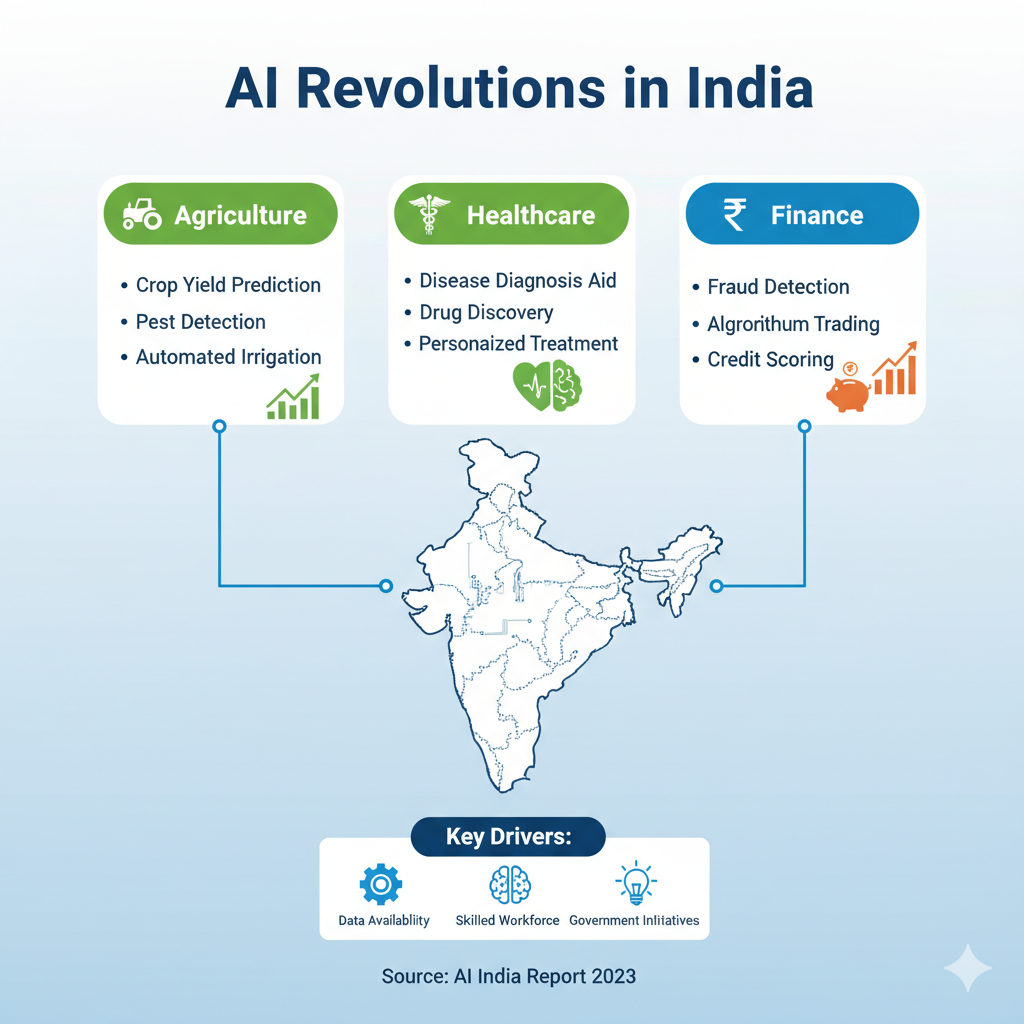The 2026 FIFA World Cup is more than just a soccer tournament; it represents a transformational event with profound social and economic implications for North America. From the United States, Canada, to Mexico, hosting this mega-event triggers a range of positive impacts that go beyond the final whistle. In this blog post, we will explore the social impact FIFA World Cup 2026 North America hosts anticipate, along with the broad economic benefits 2026 FIFA World Cup USA Canada Mexico will experience. Using carefully researched low-competition long-tail keywords, this guide reveals how this event will shape communities and economies for years to come.
Social Impact FIFA World Cup 2026 North America: More than a Game
Hosting the FIFA World Cup in North America encourages social cohesion FIFA World Cup 2026 legacy efforts focused on bringing communities together around a shared passion. One key aspect is social inclusion programs implemented to ensure that the benefits of the event reach even marginalized groups and foster diversity.
The event will amplify cultural legacy FIFA World Cup 2026 celebrations by highlighting and respecting the rich mosaic of identities across the continent. Community benefits FIFA World Cup 2026 also include increased opportunities for youth engagement in sports, volunteerism, and cross-cultural exchange—strengthening bonds within and between cities.
Local business growth FIFA World Cup 2026, especially for small and minority-owned enterprises, is another outcome of this social infusion. Through strategic partnerships and accessibility to new markets, the event fosters economic inclusion parallel to its social vision.
Economic Benefits 2026 FIFA World Cup USA Canada Mexico: A Financial Boost
The economic benefits 2026 FIFA World Cup USA Canada Mexico hosts can expect extend across multiple sectors:
- Tourism Growth FIFA World Cup 2026 host cities will see record numbers of visitors, boosting hotel occupancy, local dining, and transport services.
- Job Creation from FIFA World Cup 2026 comes from event construction, hospitality, security, and ongoing legacy projects.
- Infrastructure Development 2026 FIFA World Cup North America invests heavily in stadiums, public transport, and urban renewal, leaving lasting physical assets.
- Retail Boost FIFA World Cup 2026 North America occurs as fans and tourists increase spending in shops, outlets, and entertainment venues.
- Economic Stimulus FIFA 2026 World Cup is projected to generate billions in new revenue, feeding local economies with fresh capital flow.
Several case studies, like the Los Angeles County economic impact report, highlight a $594 million boost in total activity directly triggered by match-hosting expenditures offering a template for other cities to follow.
Legacy Projects FIFA World Cup 2026 Venues: Building a Future
Legacy projects FIFA World Cup 2026 venues do more than host matches; they serve as anchors for community regeneration and social programs. These development plans include:
- Urban Regeneration FIFA World Cup 2026 areas revitalized through stadium-driven investment
- FIFA World Cup 2026 Sustainability Initiatives reducing environmental footprints
- Social Inclusion Programs emphasizing accessible sporting opportunities
- Legacy Planning North America fostering long-term benefits beyond the event
Local Government Revenue FIFA World Cup 2026 and Economic Ripple Effect
Governments stand to benefit from increased tax revenues generated by heightened economic activities. This includes local government revenue FIFA World Cup 2026 from sales taxes, tourism levies, and business licenses—funding further community enhancements and public services.
The economic ripple effect FIFA World Cup 2026 extends to transportation systems, hospitality industries, and even retail supply chains, spreading benefits across regional economies.
Social and Economic Legacy of FIFA 2026 World Cup: Community and Beyond
The combined social and economic legacy of FIFA 2026 World Cup activities aims at sustainable development, reduced inequalities, and long-term community empowerment. This holistic approach transforms the event into a catalyst for:
- Enhanced sports tourism impact FIFA World Cup 2026
- Growth in hotel and hospitality sectors
- Public transport improvements supporting urban mobility
- Community development impact supporting local programs and infrastructures
FIFA World Cup 2026 Economic and Social Analysis: Measuring Success
Measuring the success of this mega-event involves analyzing the economic multiplier effect FIFA World Cup 2026 and social impacts. Key metrics include:
- Post-event economic growth FIFA 2026 World Cup host cities
- Job market impact reflecting direct and indirect employment gains
- Economic stimulus forecast showing anticipated revenue spikes
- Economic and social legacy summary tracking outcomes against goals
This continuous impact assessment guides future mega-event planning, ensuring enhanced benefits for stakeholders.
Backlinks for Further Reading:
- Economic Impact Report FIFA World Cup 2026 Los Angeles [Los Angeles County Report]
- Hosting the 2026 FIFA World Cup: Economic Analysis [Clifford Chance Legacy Report]
- What Does the 2026 World Cup Really Mean for North America? [SportBusiness Analysis]
Frequently Asked Questions
1. What are the main social benefits of hosting the FIFA World Cup 2026 in North America?
The main social benefits include increased social cohesion, cultural exchange, youth engagement in sports, and inclusive community development programs reaching marginalized groups.
2. How will the FIFA World Cup 2026 impact local economies?
It will stimulate economic activities across tourism, retail, hospitality, and transport sectors, resulting in billions of dollars in revenue, job creation, and long-term infrastructure investments.
3. What legacy projects are planned for the 2026 FIFA World Cup venues?
Legacy projects include urban regeneration, sustainability initiatives, social inclusion programs, and infrastructure developments aimed at boosting community well-being beyond the event.
4. How does the FIFA World Cup 2026 affect tourism in host cities?
Tourism growth FIFA World Cup 2026 host cities will experience a significant influx of international visitors, boosting hotel occupancy, dining, local attractions, and overall economic activity.
5. Will hosting the FIFA World Cup 2026 create new jobs?
Yes, job creation spans event construction, hospitality, transportation, security, and legacy programs, fostering both short-term and long-term employment opportunities.
6. How do local governments benefit financially from the FIFA World Cup 2026?
Local governments gain from increased tax revenues, including sales taxes and tourism levies, which help fund public projects and services.
7. What is the economic multiplier effect of the FIFA World Cup 2026?
The economic multiplier effect refers to the cascading impact of initial spending generating additional economic activity, benefiting multiple sectors beyond the immediate event.
8. Are there sustainability measures associated with the FIFA World Cup 2026?
Yes, sustainability initiatives are integrated into venue construction and operations to minimize environmental impacts and promote eco-friendly practices.
9. How will the FIFA World Cup 2026 support small businesses?
Through targeted programs, partnerships, and increased consumer spending, local small and minority-owned businesses gain exposure and growth opportunities.
10. What long-term social changes are expected from hosting the FIFA World Cup 2026?
Long-term changes include stronger community integration, improved urban infrastructure, enhanced local pride, and expanded access to sports and cultural programs.


